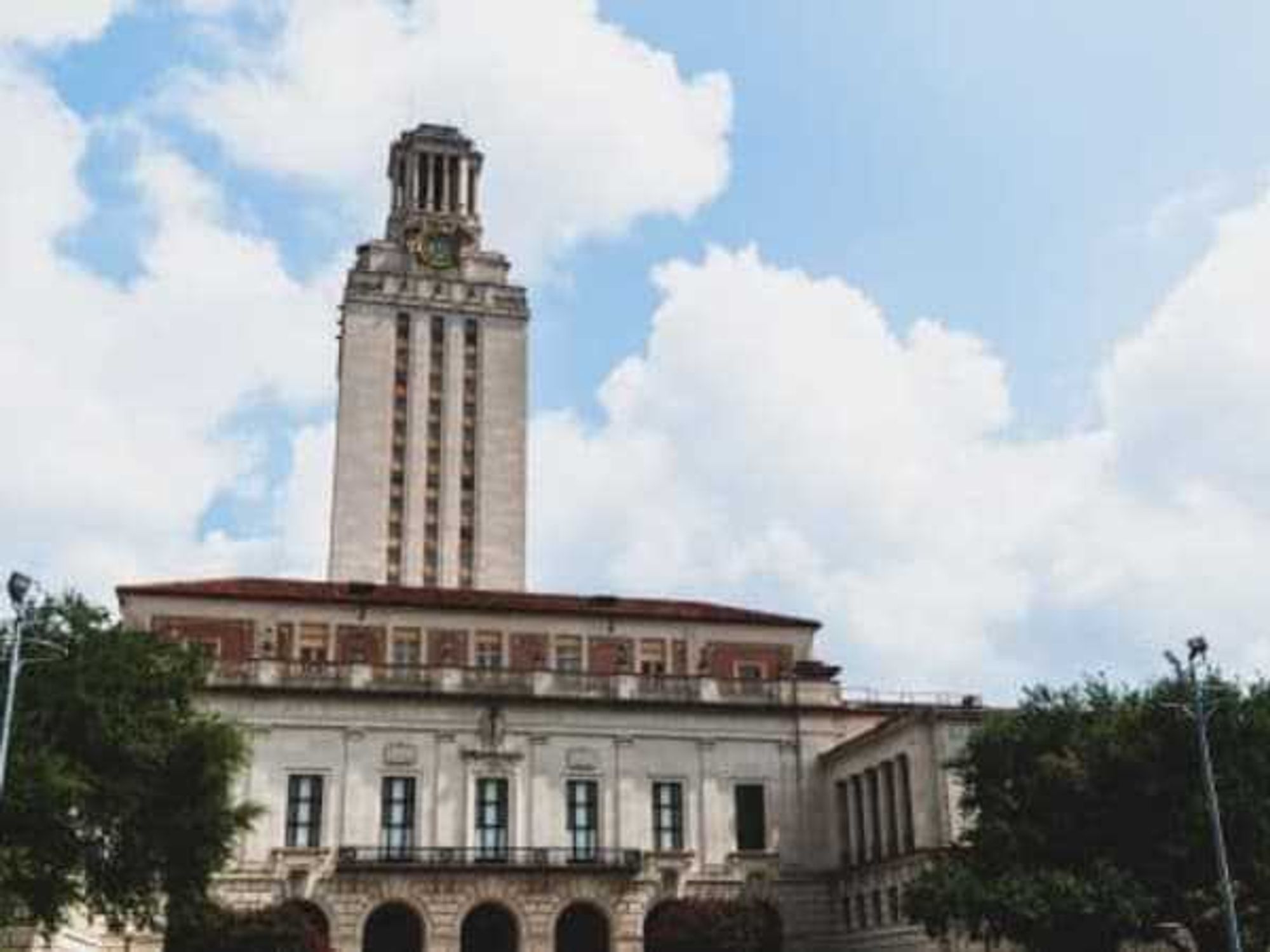Police on Trial
Does the Austin Police Department need a babysitter in the Department of Justice?
It's been a rough couple of weeks for the Austin Police Department. On July 26, news broke of an officer-involved shooting in which an unarmed man was shot in the back of the neck by an Austin police detective during a bank robbery investigation.
It quickly became clear the two incidents were unrelated, because the suspect who allegedly robbed the Benchmark Bank was an older Caucasian man wearing a fishing hat, and the man APD detective Charles Kleinert shot was a 32-year-old African-American man named Larry Jackson Jr.
Reaction to the news was swift, with outlets across the area reporting on Jackson's death and protestors converging on police headquarters with signs. Many of the protestors called for the resignation of police chief Art Acevedo.
Kleinert's defenders were quick to point out that Jackson was acting in a suspicious manner, prompting Kleinert to leave his bank robbery investigation, commandeer a car and follow Jackson under a bridge. Reports that Jackson was carrying false identification was confirmed to the Austin American Statesman. What Jackson was intending to do with that ID is — and will likely remain — a mystery.
On August 6, city manager Marc Ott asked the Department of Justice to launch a formal investigation into APD's practices and public relations. This is not the first time the DOJ has been called in to review the city's police force.
In 2007, at the behest of the NAACP and the Texas Civil Rights Project, the DOJ began a formal inquiry into all of APD's practices. They finalized their report in a letter on May 27, 2011. It reads in part:
We do not find reasonable cause to believe that APD has engaged in a pattern or practice that violated the Constitution of law of the United States.
Despite not finding any reasonable cause, the DOJ did make more than 100 suggestions for improvements to APD protocol.
In reaction to the DOJ's findings, APD held a press conference on May 30, 2011, in which Acevedo made the following comments:
Today we can say with a great deal of pride that the Austin Police Department has been given a clean bill of health, and I would just ask you as community leaders to not scream out there’s a problem unless there truly is a problem, because it creates challenges. It creates a lot of challenges for the entire community and is not productive.
On May 30, 2011, just three days after the DOJ gave Austin's police department a clean bill of health — and only a few hours after Acevedo's press conference — an Austin police officer shot and killed Byron Carter Jr., an unarmed 20-year-black man.
In this latest inquiry, Ott has requested that APD's practices be compared to other police departments nationally. In his letter to the DOJ, Ott writes:
We have seen strong negative reactions to officer-involved shootings that have occurred since 2011, and numerous media stories questioning the tactics and motives of APD officers in these and other incidents.
These two incidents aside, there is evidence to suggest that APD continues to racially profile African-Americans in the Austin community in the two years after the DOJ completed its investigation. The department's 2012 Annual Racial Profiling Report notes that while blacks make up only 8 percent of Austin's demographics, they accounted for 13 percent of all traffic stops and almost a quarter of all searches.
The Department of Justice has yet to respond to Ott's request.

